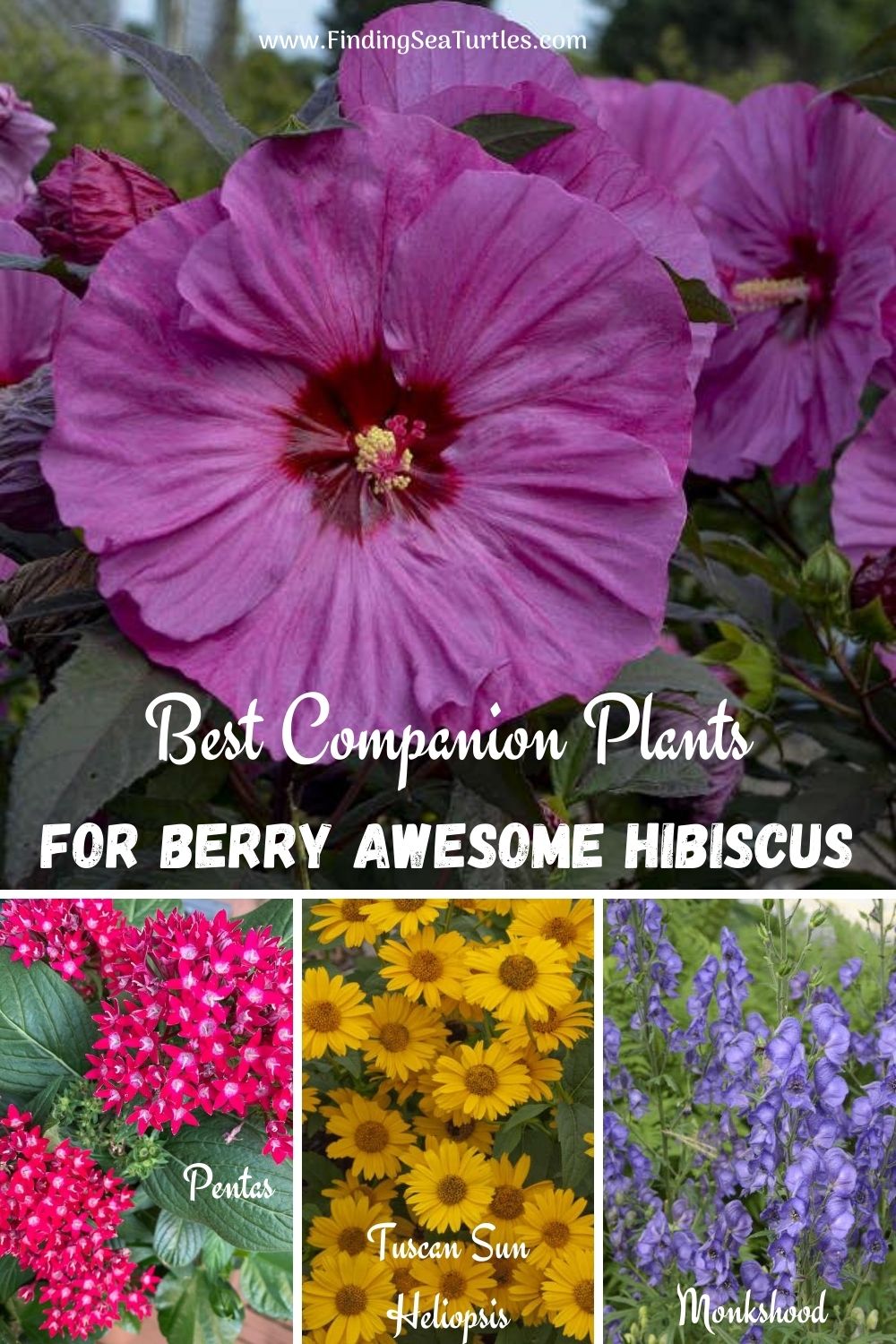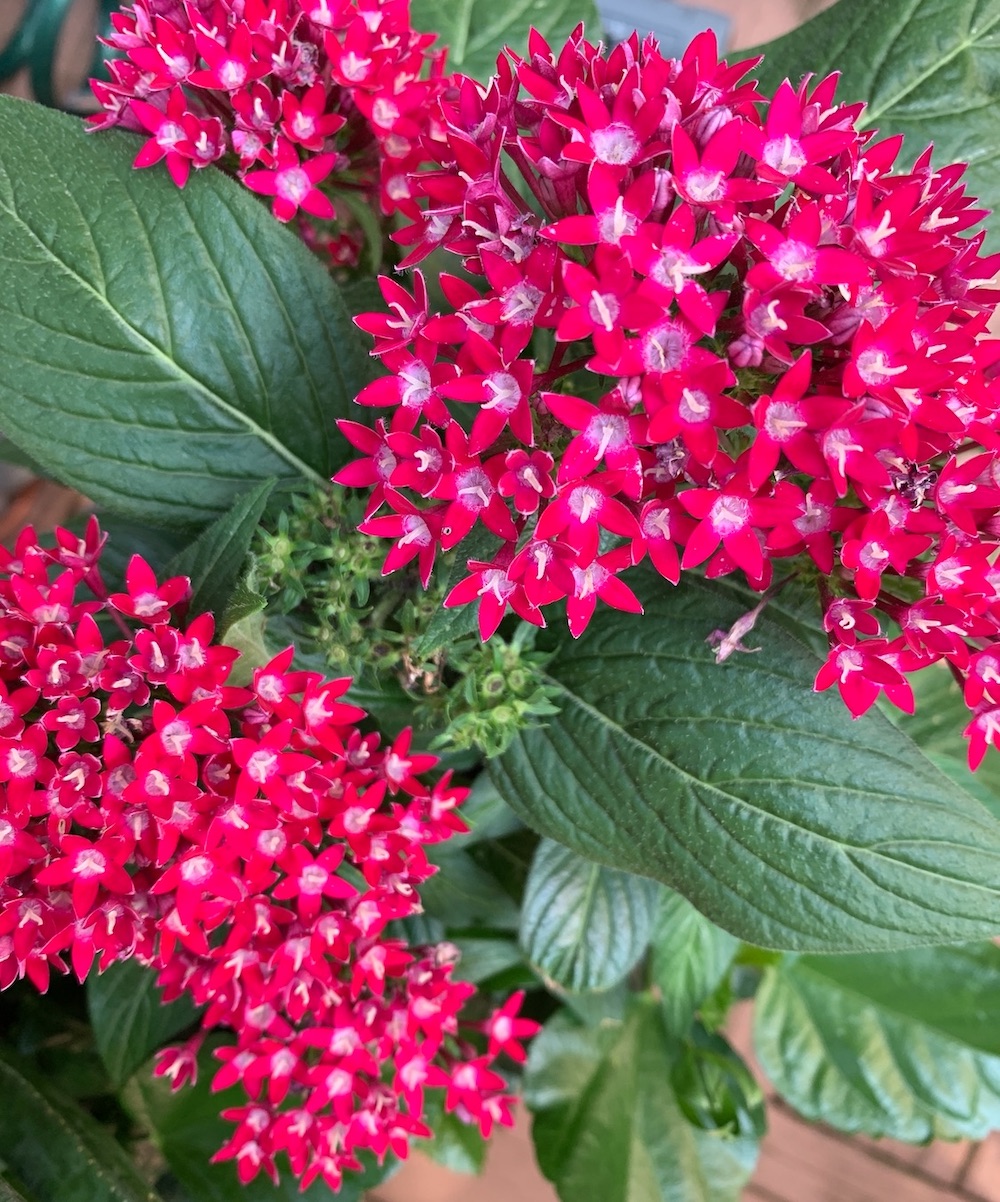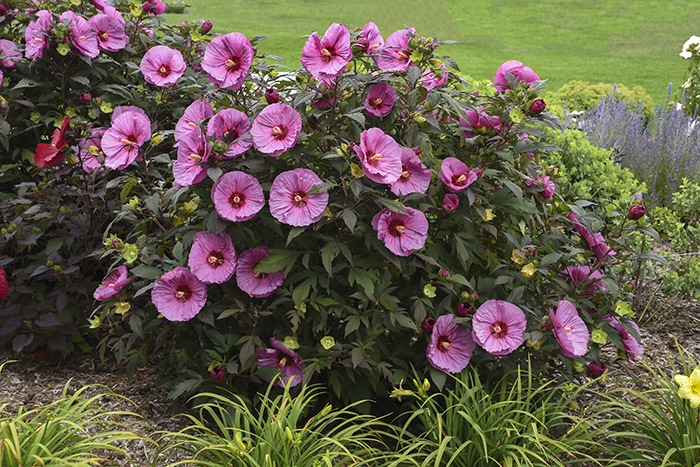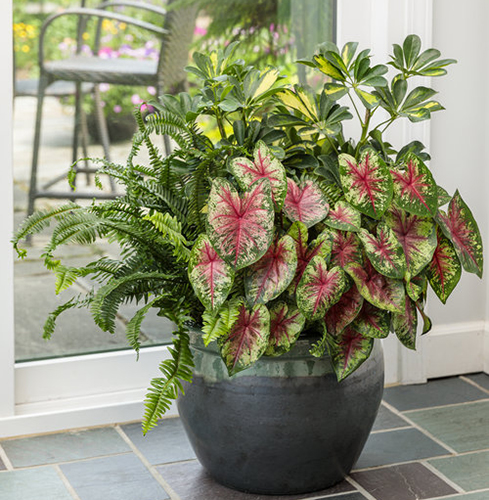Stunning Companion Plants To Make Your Hibiscus Garden Sing
Hibiscus are some of the most beautiful and versatile flowers in the world. They come in a wide range of colors, sizes, and shapes, and they can be grown in a variety of climates. If you're lucky enough to have a hibiscus garden, you're probably looking for ways to make it even more stunning. One way to do that is to plant companion plants that will complement the hibiscus and help to create a more balanced and interesting landscape.
Here are some stunning companion plants that will make your hibiscus garden sing:
- Lavender. Lavender is a classic companion plant for hibiscus, and for good reason. It's drought-tolerant and low-maintenance, and it has a beautiful, calming fragrance. Lavender also helps to repel pests, which is a plus for hibiscus plants.

- Zinnia. Zinnias are another great choice for companion plants for hibiscus. They come in a wide range of colors, and they're easy to grow. Zinnias also attract pollinators, which is beneficial for hibiscus plants.

- Fuchsia. Fuchsias are a bit more delicate than lavender or zinnias, but they're still a great choice for companion plants for hibiscus. They have beautiful, cascading flowers that come in a variety of colors. Fuchsias also prefer the same type of soil and sunlight as hibiscus plants, so they're a good match.

- Angelonia. Angelonia is a low-maintenance plant that's perfect for filling in the gaps in your hibiscus garden. It has delicate, trumpet-shaped flowers that come in a range of colors. Angelonia also attracts butterflies, which is a nice bonus.
- Coleus. Coleus is a colorful and versatile plant that can be used in a variety of ways. It's a great choice for adding some contrast to your hibiscus garden, and it can also be used to create borders or edging. Coleus is also relatively easy to care for.

These are just a few of the many stunning companion plants that you can use to make your hibiscus garden sing. When choosing companion plants, it's important to consider the size, color, and shape of the plants. You also want to make sure that the plants have similar water and sunlight requirements. With a little planning, you can create a hibiscus garden that's truly stunning.
Tropical hibiscus are beautiful flowers that can add a touch of tropical flair to any garden. But did you know that there are certain companion plants that can help to enhance the beauty of your hibiscus plants?
Some of the best companion plants for tropical hibiscus include:
- Sweet alyssum: This low-growing groundcover helps to suppress weeds and attract pollinators.
- Ornamental sweet potato vine: This vining plant adds a splash of color and helps to shade the roots of your hibiscus plants.
- Caladium: These colorful foliage plants add interest to your garden even when your hibiscus plants are not in bloom.
- Bee balm: This native wildflower attracts pollinators and helps to deter pests.
- Daylilies: These long-blooming perennials provide color from early summer to fall.
For more information about companion plants for tropical hibiscus, be sure to visit Gardenia Inspiration. This website has a comprehensive list of companion plants for hibiscus, as well as tips on how to choose the right plants for your garden.
FAQ of companion plants for tropical hibiscus
Question 1: What are some good companion plants for tropical hibiscus?
Answer: There are many good companion plants for tropical hibiscus, but some of the most popular include:
- Groundcovers: Sweet alyssum, ornamental sweet potato vines, caladium, and bee balm are all good groundcovers that can help to suppress weeds and add color to your garden.
- Flowering plants: Daylilies, crape myrtle shrubs, Japanese anemones, hydrangeas, peonies, geraniums, coneflowers, ironweeds, and spider flowers are all beautiful flowering plants that can complement the blooms of your hibiscus.
- Vines: Jasmine, mandevilla, and passionflower are all vines that can be trained to grow over or around your hibiscus, providing additional color and interest.
Question 2: What factors should I consider when choosing companion plants for tropical hibiscus?
Answer: When choosing companion plants for tropical hibiscus, there are a few factors you should consider, including:
- Sunlight: Hibiscus need full sun, so you'll want to choose companion plants that also require full sun.
- Water needs: Hibiscus are drought-tolerant, so you'll want to choose companion plants that have similar water needs.
- Soil type: Hibiscus prefer well-draining soil, so you'll want to choose companion plants that also prefer well-draining soil.
- Color: You can choose companion plants that complement the color of your hibiscus, or you can choose companion plants that have contrasting colors to create a more eye-catching display.
Question 3: What are some benefits of planting companion plants with tropical hibiscus?
Answer: There are several benefits to planting companion plants with tropical hibiscus, including:
- Attract pollinators: Companion plants can attract pollinators, such as bees and butterflies, which will help to pollinate your hibiscus flowers.
- Suppress weeds: Companion plants can help to suppress weeds, which can free up your time so you can focus on other gardening tasks.
- Provide shade: Companion plants can provide shade for your hibiscus, which can help to protect it from the hot sun.
- Add color: Companion plants can add color and interest to your garden, which can make your hibiscus stand out even more.
Question 4: What are some plants that should not be planted near tropical hibiscus?
Answer: There are a few plants that should not be planted near tropical hibiscus, including:
- Marigolds: Marigolds can attract pests that can harm your hibiscus.
- Peas: Peas can compete with your hibiscus for nutrients.
- Cucumbers: Cucumbers can spread a disease that can harm your hibiscus.
- Potatoes: Potatoes can spread a disease that can harm your hibiscus.
Question 5: How far apart should companion plants be planted?
Answer: The distance between companion plants will depend on the size of the plants. For example, small groundcovers should be planted about 6 inches apart, while larger shrubs should be planted about 3 feet apart.
Image of companion plants for tropical hibiscus
- Sweet alyssum is a low-growing groundcover that blooms in white, pink, or purple. It attracts butterflies and bees, which helps to pollinate the hibiscus flowers.

- Ornamental sweet potato vine is a fast-growing vine that can be trained to climb a trellis or fence. It has colorful leaves in shades of red, orange, and yellow.

- Caladium is a tropical plant with large, colorful leaves. It comes in a variety of colors, including white, pink, red, and orange.

- Bee balm is a tall, herbaceous plant that blooms in shades of pink, purple, and white. It attracts bees and butterflies, which helps to pollinate the hibiscus flowers.

- Daylilies are a type of perennial that blooms in a variety of colors, including yellow, orange, pink, and red. They are easy to care for and can tolerate a variety of soil conditions.

Post a Comment for " Stunning Companion Plants To Make Your Hibiscus Garden Sing"